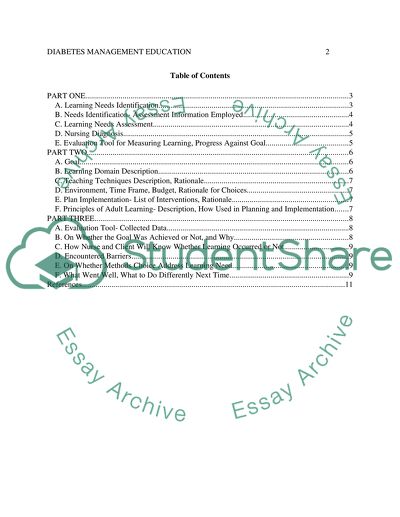Cite this document
(“Diabetes Management Education for a Hispanic female patient Term Paper”, n.d.)
Retrieved from https://studentshare.org/nursing/1488800-diabetes-management-education-for-a-hispanic
Retrieved from https://studentshare.org/nursing/1488800-diabetes-management-education-for-a-hispanic
(Diabetes Management Education for a Hispanic Female Patient Term Paper)
https://studentshare.org/nursing/1488800-diabetes-management-education-for-a-hispanic.
https://studentshare.org/nursing/1488800-diabetes-management-education-for-a-hispanic.
“Diabetes Management Education for a Hispanic Female Patient Term Paper”, n.d. https://studentshare.org/nursing/1488800-diabetes-management-education-for-a-hispanic.


